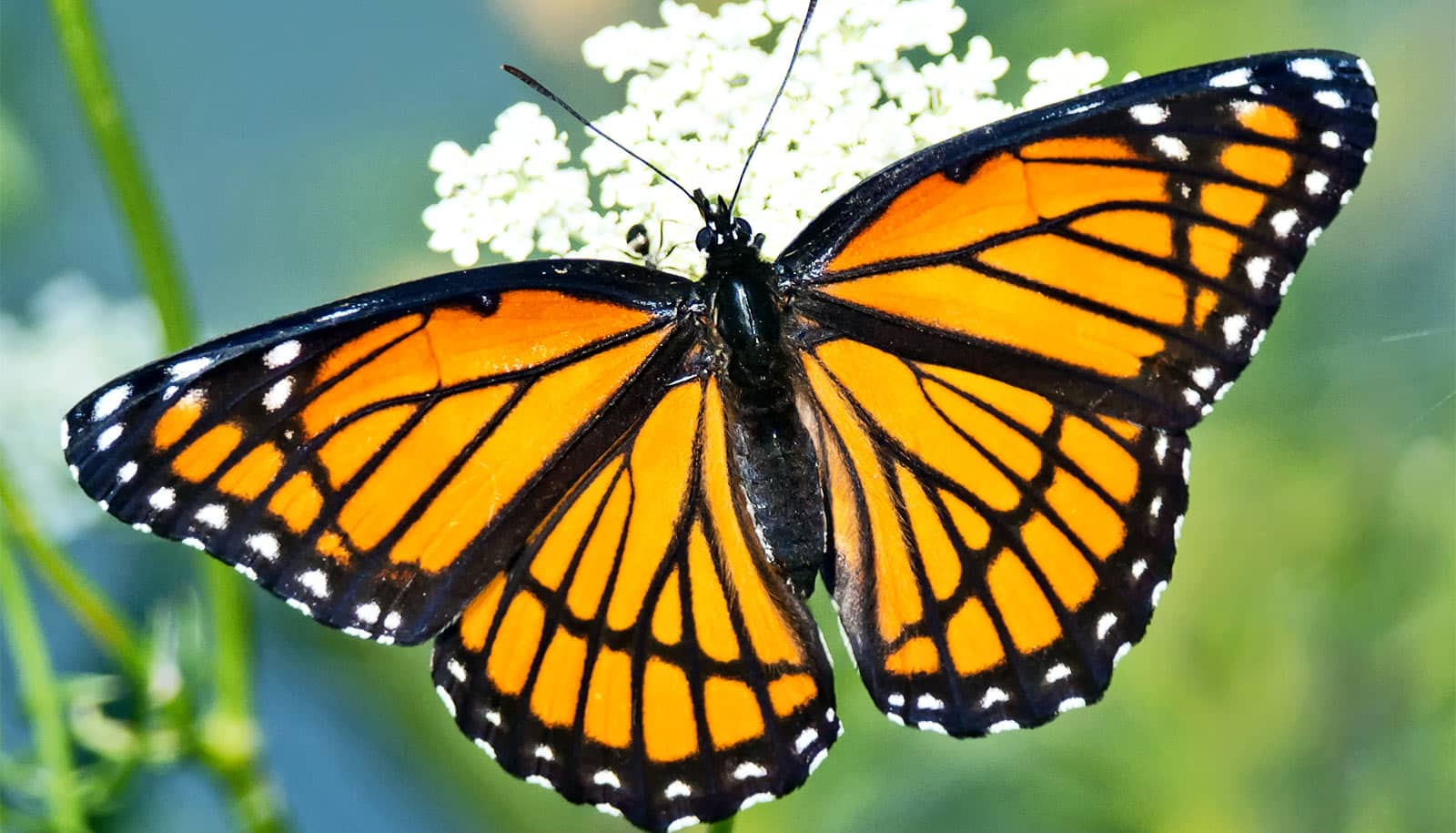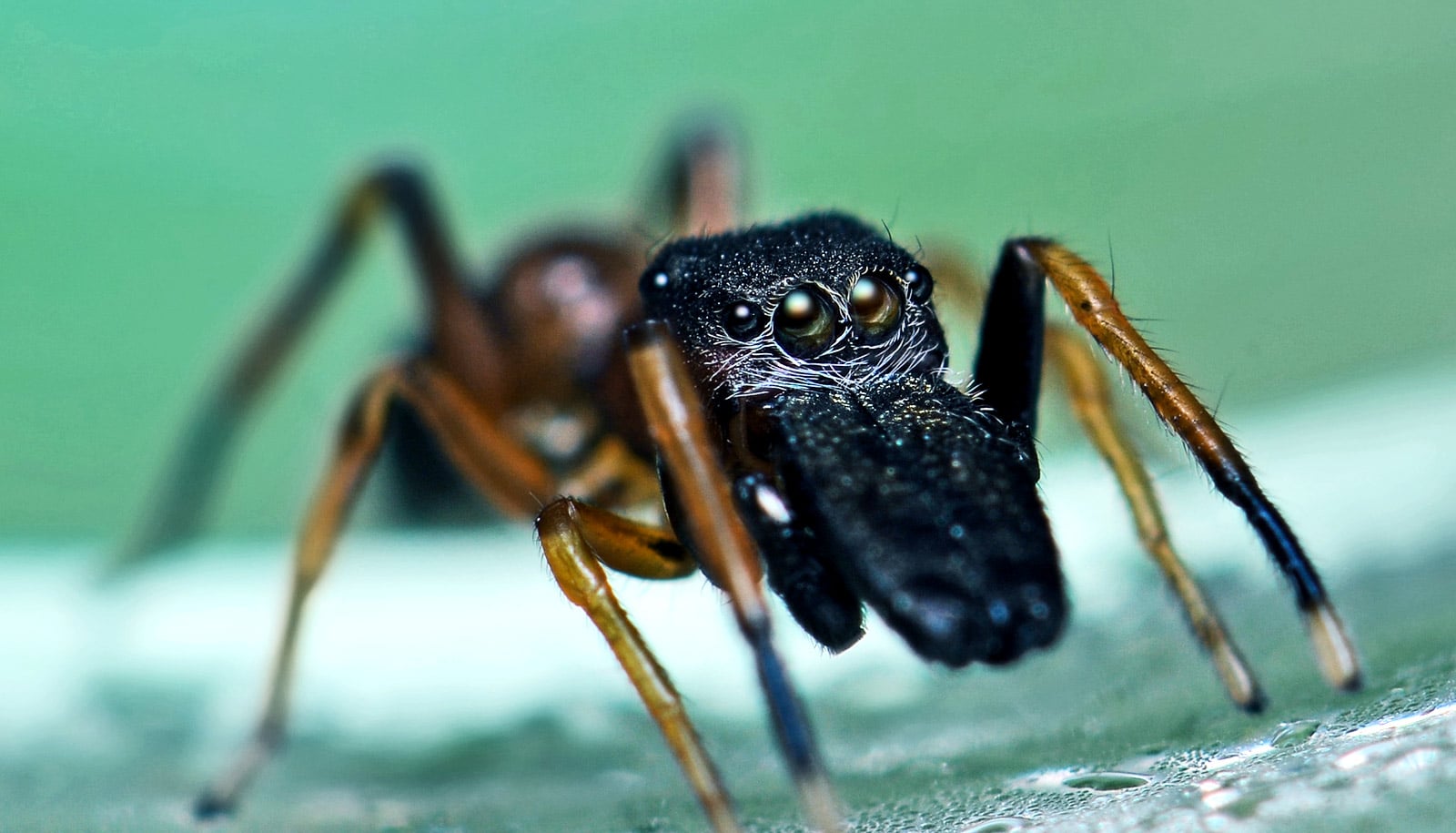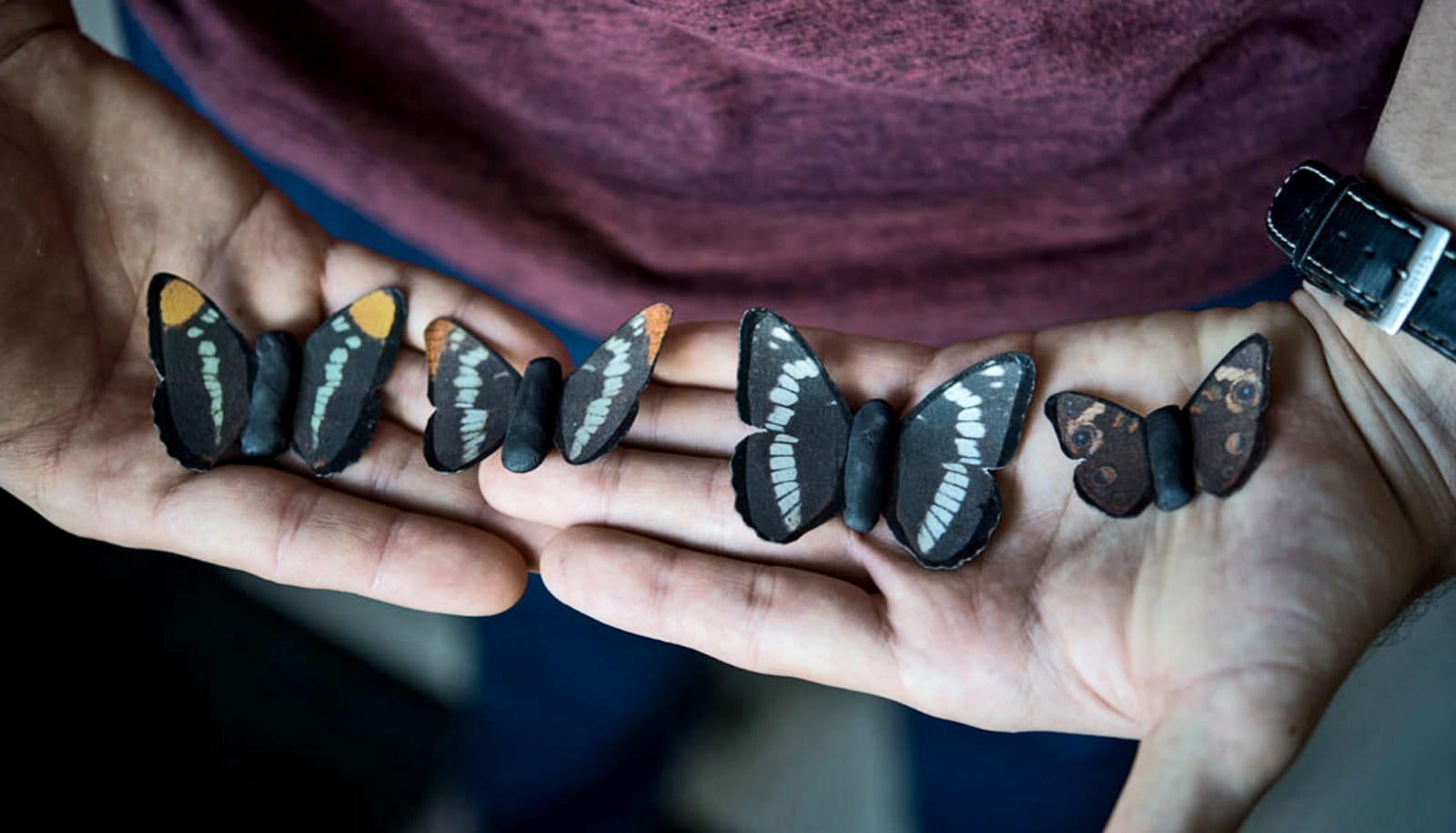When they live apart from the unsavory bug they mimic, viceroy butterflies develop their own foul flavor, according to new research. The findings are making biologists rethink old theories about animal mimicry.
The viceroy butterfly is a mimic that models its orange-and-black colors after the queen butterfly, a bug that tastes so disgusting predators have learned not to eat it or anything that looks like it, including viceroys.
The apparent dependence of animal mimics on their models made biologists wonder if the fates of the two species are forever intertwined. If so, what happens when the mimic and the model part ways? The viceroy butterfly offers an interesting answer.
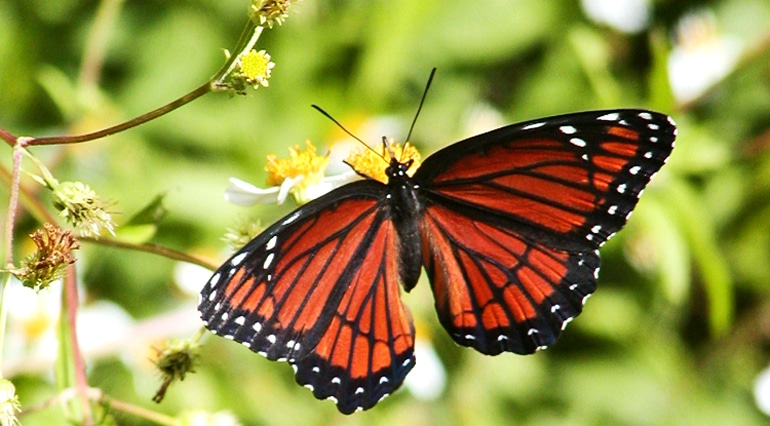
Viceroy butterflies that live in northern Florida, far away from the southern-dwelling queen butterflies, are not only more abundant than their southern kin, but also have their own unpleasant taste.
“In classical mimicry theory, we wouldn’t predict that the viceroy butterfly would be able to stay or be in northern Florida. It should be limited to southern Florida, where the queens live,” says Katy Prudic, an assistant professor in the College of Agriculture and Life Sciences at the University of Arizona.
Chewing an aspirin
The classical theory, called Batesian mimicry, posits that one animal, known as the mimic, looks like another animal—the model that predators recognize as “unpalatable.” An unpleasant experience trying to munch on the model species convinces predators to avoid both, since they can’t reliably tell the difference between the two.
If the butterflies followed Batesian mimicry, populations of viceroys living in regions where predators had never met the unpalatable queens wouldn’t recognize the orange color of the butterfly as something awful; it would look like a delicious, easy-to-find snack, and predators would pick off the viceroy.
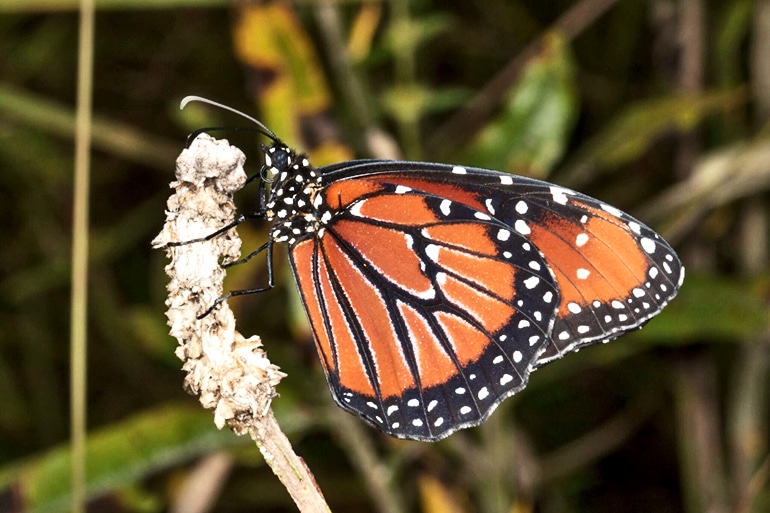
Yet the new study, which appears in Nature Communications Biology, finds the viceroy thrives where the queen isn’t found, because it evolved the ability to taste bad.
“Have you ever chewed aspirin?” Prudic says. “It will not kill you, but you may want to die because it will be really, really unpleasant.”
Protective toxins
Prudic began her study more than 15 years ago, as part of her doctoral dissertation. Prudic and coauthor, data science specialist Jeff Oliver, counted viceroy and queen butterflies and their host plants at eight sites in Florida.
All over the state, the viceroy caterpillar feeds on the same kind of plant: the Carolina willow. The tree arms itself against pests with phenolic glycosides, chemical relatives of aspirin.
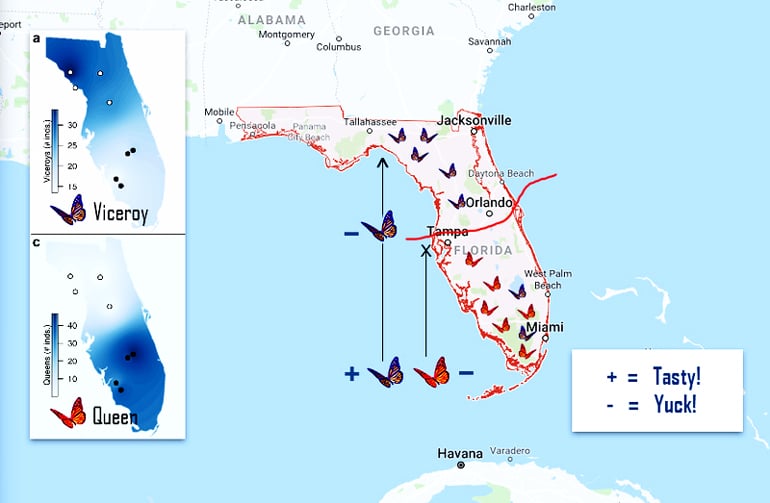
To pests, the aspirin-related toxins may be deadly, but caterpillars have evolved so the plants don’t poison them. By possibly storing them in fatty bodies, viceroy caterpillars keep the chemicals out of their metabolic processes, and they live unharmed.
When the viceroy lives alongside its model species, it likely discards the toxins when it metamorphoses from caterpillar to butterfly. But the researchers found that when the mimic lives independently from the queen butterfly, it keeps the toxins, making the viceroy unpalatable to predators.
Stay away
In a pharmacology lab, Barbara Timmerman, a Regents’ professor, helped Prudic investigate how much aspirin-related chemical the viceroy butterflies had. The researchers then compared the results to the abundance of queens at the capture sites.
A second experiment tested the viceroys’ chemical defenses against predators. Researchers fed the butterflies to praying mantids that they hand-reared in the lab, and Prudic studied how they reacted to the butterflies. The mantids had a much stronger response to viceroys originating from the places where there were not any queens.
“They learned to avoid these viceroys faster, and remembered to avoid them for longer,” Prudic says.
Prudic and her team conducted years of statistical analysis to confirm the relationship between the unpalatability of viceroy butterflies and the abundance of queen butterflies.
No neat fit
The discovery changes the way biologists must think about mimicry.
The relationship between viceroy and queen butterflies once fell into the Batesian mimicry category, but when one of Prudic’s coauthors, David Ritland, first discovered that viceroys had the ability to be nasty, the butterflies’ relationship was re-categorized as “Mullerian.”
Researchers have no models in this mimicry theory, only “co-mimics,” two different animals that look the same and are both unpalatable. But Prudic’s study proves that the viceroy butterfly doesn’t fit neatly into either mimicry category.
“Both these categories that we thought about in mimicry are now coming together, and we are thinking more about a continuum between Batesian and Mullerian,” Prudic says.
She expects that such a continuum isn’t limited to just the viceroy-queen system; however, studies that deeply investigate mimicry relationships are unusual because they are time-consuming, labor-intensive, and difficult to execute.
Aside from proving that mimicry in the animal world can’t be sorted into a simple binary, the new study might help conserve and manage species in the changing world.
“It gives us predictive power to understand where critters will be, that they are not restrained to just where their models are,” Prudic says.
Source: University of Arizona
